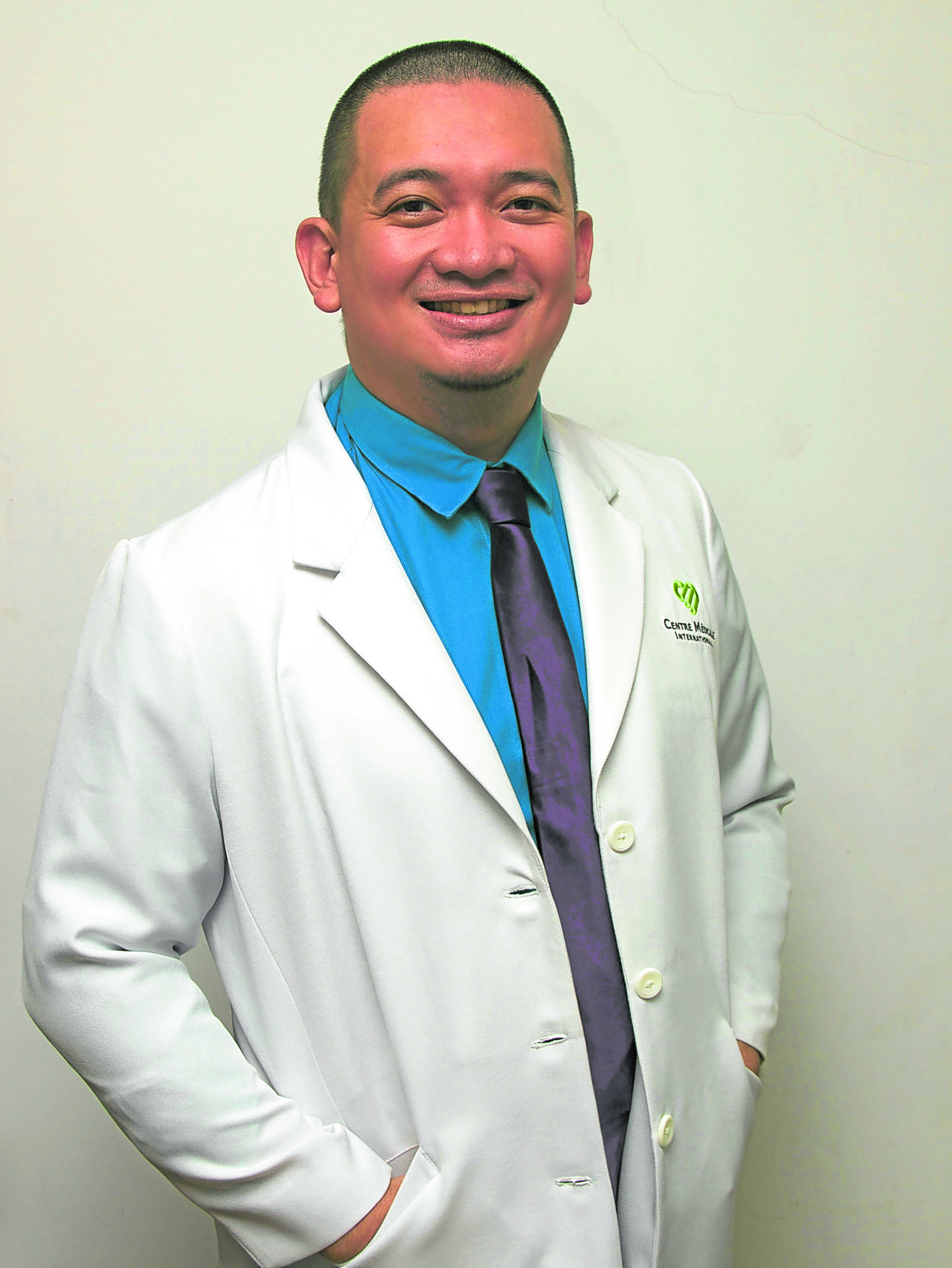It’s been around for generations, an easy and inexpensive home remedy to alleviate the discomforts of a clogged nose, nasal allergies, a bad cough, or the flu.
Yet for all the relief experienced after tuob (also suob) or steam inhalation, the seemingly innocuous practice can actually do more harm than good.
This was emphasized by doctors in “To steam or not to steam: A discussion on steam inhalation as a health remedy,” a virtual symposium hosted recently by pharmaceutical and health-care company Unilab as part of its “Alagang Unilab: HealthierPH” awareness campaign series.
Tuob, which involves inhaling steam from a basin filled with hot water, has not undergone years of objective research the way prescription drugs have to prove their safety and efficacy, says Dr. Roland Panaligan, medical manager, United American Pharmaceuticals (UAP)-Unilab Respiratory Division. “We don’t know of any studies that measure the ideal temperature of the water or the recommended length of time to do tuob. Steam inhalation is a remedy, a relief. It’s not for treatment.”
“One of the most exposed parts of the human body is the lungs,” adds pulmonologist and biochemist Dr. Earl Louis Sempio. “Each time we inhale, we take in air that may carry infectious particles. This makes the lungs very vulnerable to infections.”

Not a cure for COVID-19
Of late, the age-old practice has been under fire as a supposed cure for COVID-19—with detrimental results.
In June, a 34-year-old female vendor in Cagayan de Oro City used tuob to relieve her of symptoms associated with the novel coronavirus. When more serious symptoms cropped up—abdominal pain, vomiting, fever, shortness of breath—she was rushed to Northern Mindanao Medical Center, only to die nine minutes after she arrived.
Cases like this have led local and international health organizations to issue stern warnings against using tuob to address symptoms related to COVID-19.
“The US Centers for Disease Control and Prevention and the World Health Organization deny that steam inhalation can treat COVID-19,” said Health Undersecretary Maria Rosario Vergeire in a virtual presser in June. “The virus may get into the steam, which may cause diseases. It also increases nasal secretions that can be spread through coughing and sneezing.”
“Scientific studies suggest that steam inhalation is indeed effective against symptoms of colds and that it increases nasal patency,” said the Philippine Institute of Traditional and Alternative Health Care in its official statement dated June 30. “It is a safe remedy if done properly, but can possibly hurt otherwise.”
What exactly happens during tuob? The moist and warm steam you inhale helps loosen mucus in your nasal passages, throat and lungs. This makes it easier to expel phlegm, thus providing much-needed relief from congestion. It does not, as medical specialists repeat time and again, kill germs.
Tuob done wrong has resulted in severe scalding from the boiling water, as stated in medical reports from India and the United Kingdom, where steam inhalation is also being practiced.
Complications
Complications could arise, too, when the water in tuob is infused with eucalyptus oil, camphor or menthol. “If you look at its structure, menthol is a chemical,” says Dr. Sempio. “But it is also an irritant and anything in excess could cause more problems. Doing tuob infused with menthol to relieve you of COVID-like symptoms might make you cough and release droplets infected with the COVID-19 virus.”
Like menthol, camphor—an ingredient found in topical analgesics and ointments to ease muscle pain from sports and discomfort from colds and coughs—is an irritant. But it is also flammable and hazardous. According to studies, unintentional exposure of very young children to camphor and eucalyptus oil has resulted in drowsiness, vomiting, seizure, coma and even death.
As for tuob infused with lemon, salt and other substances, relief from congestion is about the only thing you can expect. There is no evidence proving that it can cure you of the coronavirus, said an official release from the Department of Health Cordillera Center for Health Development.
Why then do we continue to rely on tuob despite its temporary effects and potential dangers? “I guess it’s because when we experience relief, we automatically assume we are better or cured,” says Dr. Sempio.
For doctors, the best way to treat an ailment—whether it’s the common cold or the highly contagious COVID-19—begins with prevention. Get plenty of sleep, eat a well-balanced diet, exercise regularly, and avoid excessive smoking and drinking. Practicing health protocols adds a layer of protection: Wear a face mask and face shield, sanitize your hands often and observe social distancing.
Staying informed is important, too, and Dr. Sempio likes that his patients often refer to “Dr. Google” to better understand their condition. “But make sure you get it from a reliable source,” he says.
Of course, Dr. Google and tuob are no match for the expertise of a trained physician. “When you have a hard time breathing, that’s already a red flag and you only have a small window of opportunity to address it,” he says. “See your doctor right away.” —CONTRIBUTED